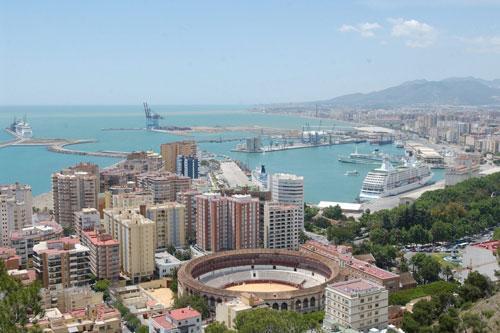Málaga, Andaluzia, Spain
Suggest Place to Visit
5151
Track to location with GPS |
 |
The city was founded by the Phoenicians, who built a town near the hill where the Alcazaba is today. During Roman times, Malaga enjoyed the privilege of a confederate city of Rome.
The city experienced one of its stages of greatest progress under the control of the Arabs. In 1487 the city is conquered by the Catholic Monarchs. This was a period of unstoppable decline.
At the end of the 18th century and the beginning of the 19th, a high bourgeoisie was born in Malaga around two great families: the Larios family and the Heredia family, which made the city the second industrial center of our country.
Today, Malaga continues to grow. The great miracle of Malaga has been the development of the Costa del Sol, which has made it the world capital of tourism.
THE ENTRY OF MÁLAGA IN HISTORY
Phoenician We can affirm that Malaga and its surroundings have been occupied since prehistory, as proof of this we have important pictorial remains, dolmens in Antequera, caves such as La Pileta, Nerja, etc.
The capital of Malaga entered history with the arrival on its shores of the Phoenician navigators, although perhaps there could have been an Iberian town.
The Phoenicians are the ones who founded the Malaka colony at the mouth of the Guadalhorce River in the 8th century. On the part of these Semitic merchants, an interested search for the natural wealth of the region began and, with it, a race to recognize our geography and its people.
In those first contacts is the origin of a series of legends, true enigmas of our most remote past, among which the myths of Tartessus and the Greek colony of Mainake stand out.
PHENICIOS, PUNICS AND IBEROS IN MÁLAGA
Very close to Malaka, the Greeks founded a colony called Mainake, which was razed by the Carthaginians, who dominated the area until 206 BC. Possibly, the economic reasons that prompted the Phoenician sailors to establish the numerous colonies that appear on the Malaga coast were very numerous; among them, the abundance of wood for use in smelting furnaces, etc.
Among the economic activities that these colonies developed, it is necessary to refer to the fishing industries destined to the production of purple and salting; coins were even minted. Our lands were a border between two worlds: the settlers on the coast and the Iberians in the interior.
The second half of the 6th century is the transition between the so-called Phoenician and Punic times, and when most of the Phoenician colonies on our coast are abandoned. Nebuchadnezzar's conquest of Tire in 573 made Carthage the heir to the Phoenician trade. The Punics of Carthage created an entire commercial empire in which the southern coast of Spain played a prominent role.
In the centuries since the end of the 6th century B.C. At the change of era, the Malaga territories appear occupied by two types of people: those who inhabit the coastal area, called Libiofenicians, and those in the interior, which we can call indigenous, Iberian or Turdetan. These populations were quickly captured by the Romans at the beginning of the second century and the most important ones were transformed into authentic cities, with some autonomy, but always under the careful control of the Romans.
THE ROMAN CONQUEST AND THE NEW ORGANIZATION OF THE TERRITORY
In the final years of the 3rd century BC, the Romans came to these lands to fight the Carthaginians. The Roman victory supposed its stable presence in the country and the incorporation, therefore, to the orbit of Rome of all this geography.
The newcomers unified the coastal and interior peoples under common Roman power; many Italics settled in existing cities, exploited natural resources and brought a new language, Latin, and customs and uses that would change the lives of existing settlers.
The years that followed the arrival of the Romans and the subsequent expulsion of the Carthaginians considerably changed the landscape of the region. In the year 197 before Christ, the Hispalense territory was theoretically divided into two provinces, the lands of the Malaga region, like all those of the south, were integrated into Hispania Ulterior.
The occupation of some places by the Romans, contributed to a rapid expansion of the concepts and ideas of the same, at the same time that resulted in a diversification and socioeconomic differentiation. It is evident that all of this was reflected in the cities, although the new organization did not represent a break with the previous tradition.
THE MALAGUEAN TERRITORIES DURING THE HIGH EMPIRE
When the Republic fell and the new political system of the Empire came into being, the territories of Malaga, which had already been occupied by the Romans for two centuries, were administratively divided among the four legal convents into which the Betica province, recently created by Augustus, was divided.
At the same time, new roads and other old improvements made it easier for its people to connect with other places. Malaga and other urban centers in its region grew and received new legal statutes. It is noteworthy, in the 1st century, the transition from a federated city to a municipality of Latin law. This was reflected in the Lex Flavia Malacitana, promulgated in 81, part of which was found in Malaga in 1851 in the El Ejido area. The Lex Flavia Malacitana, contained in five tables, although only those with rubrics 51 to 69 were found, the originals are preserved in the National Archaeological Museum of Madrid and there is a copy of them in the plenary hall of the Malaga City Council .
The most relevant area of the Roman city would be located around the hill of the citadel, where there was a triumphal arch, a Roman theater and mosaics, of which remains are still preserved.
With regard to some social aspects, such as spiritual life, there were some differences as a consequence of their ethnic origin. In terms of economics, the wealth of the territory was mainly due to agriculture in the interior areas and the abundance of fishing in the waters that bathe the coast. Among the Malaga products that achieved fame, the ´´garum´´ must be highlighted.
GEOGRAPHY OF MÁLAGA
Port of Malaga The city of Malaga is located in a privileged natural enclave. Its municipal term has an area of 398.25 square kilometers and its population in fact in the metropolitan area reaches one million inhabitants.
The environmental and geographical factors that have had a more noticeable impact on the development and evolution of the city have been the marine influence, the location of the municipality on two river valleys (Guadalhorce and Guadalmedina), its orography and its climatic regime.
See a map of Malaga
GEOGRAPHICAL DATA
Province
Area: 7,276 square km.
Population: 1,563,261 inhabitants (as of January 1, 2008)
Municipal District of Malaga:
Surface: 398´25 square kilometers.
Population: 566,447 inhabitants (as of January 1, 2008)
The Mediterranean Sea bathes its coasts, and the mountains of Malaga surround it, forming a mountainous barrier that defends it from the cold, its climate being characterized by its mild temperatures thanks to the role of the sea as a thermal regulator. The warmest months are July and August, and the coldest are usually December and February, with an average temperature of 22.8º C maximum and 13º C minimum. The distribution of rainfall in Malaga is quite well defined by the seasons of the year, with the highest rainfall corresponding to autumn and winter.
At the mouth of the river Guadalhorce, thanks to the sedimented fluvial contributions, the ones known as ´´marismas del Guadalhorce´´ have been formed. At present they occupy an area of 60 hectares, and have been declared a Natural Area in 1989. The other river that has decisively intervened in the history of the city is the Guadalmedina, in Arabic ´´the river of the city´´. It is 47 kilometers long, and receives most of the water from the contributions that come from the Montes de Málaga.
The Montes de Málaga have been declared a Natural Park in 1989, which means greater protection for them. The protected area comprises 4,762 hectares, of which 97% belong to the municipality of Malaga. Its orography is steep, with an average height of 500 meters. Its arboreal plant origin is located in the hydrological-forest repopulations carried out from the 30s. In it we can find more than 230 plant species and more than 160 vertebrates.
CULTURAL MALAGA
Film Festival If you arrive in our city without having been able to schedule your attendance at a cultural event, don't worry because you will be able to attend any show or activity without difficulty. Either on a weekday or on the weekend, you can opt for theatrical shows, musical concerts, exhibitions or conferences. Our theaters, concert halls and exhibition halls and art galleries, among other spaces, offer a cosmopolitan and modern panorama of national and international cultural activity.
But, on the other hand, we invite you to schedule your visit for a special cultural event. There are, and very important, many and varied throughout the year. Here is an annual calendar of such events. Visit us on such an occasion, you will not regret it.
In September the seasons programmed by the different spaces and venues of the city begin. In some cases this program will last until June, in others it will last until the month of August. Here is a list of the most important:
Theater Season of the Malaga Philharmonic Orchestra
Cervantes Theater Lyric Season
Theater, Musical and Dance Season of the Cervantes Theater
Theater, Musical and Dance Season of the Canovas Theater
Theater, Musical and Dance Season of the Alameda Theater
Nursery room
Cinematheque
CAC Malaga
Starting in September, theater, music and exhibitions of the first magnitude take place month by month.
Comments
We don´t have yet any comments about:
Malaga
Malaga
Be the first to leave a comment as it is very important to inform other people
Outros locais a visitar
Within a radius of 20 km from:Malaga
Málaga Cathedral |
| 0,0 Km |
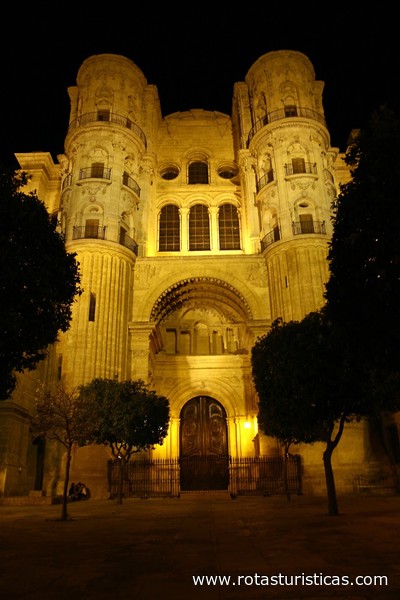 |
Picasso Museum Málaga |
| 0,3 Km |
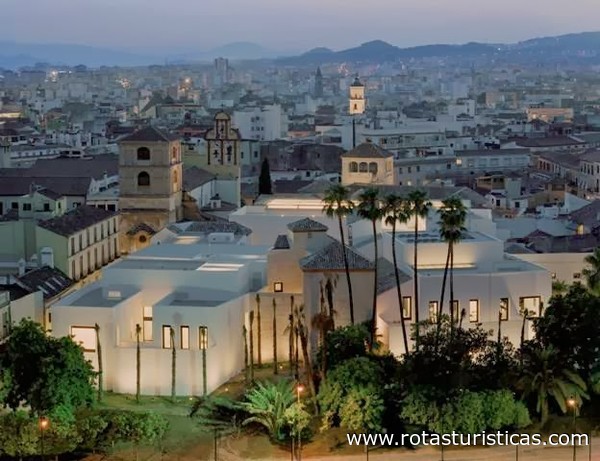 |
Iglesia de Santiago |
| 0,4 Km |
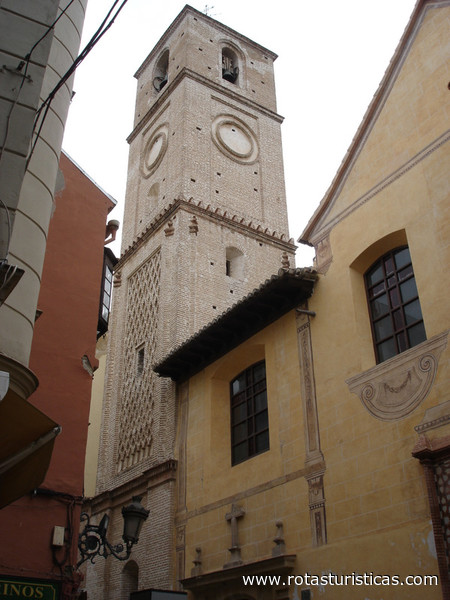 |
Fundación Picasso |
| 0,5 Km |
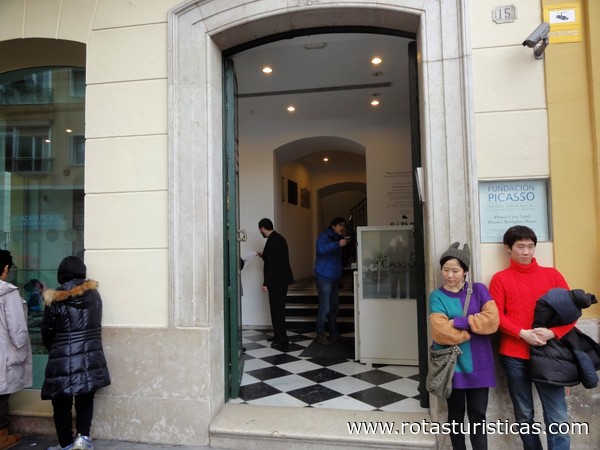 |
Centro De Arte Contemporáneo De Málaga |
| 0,8 Km |
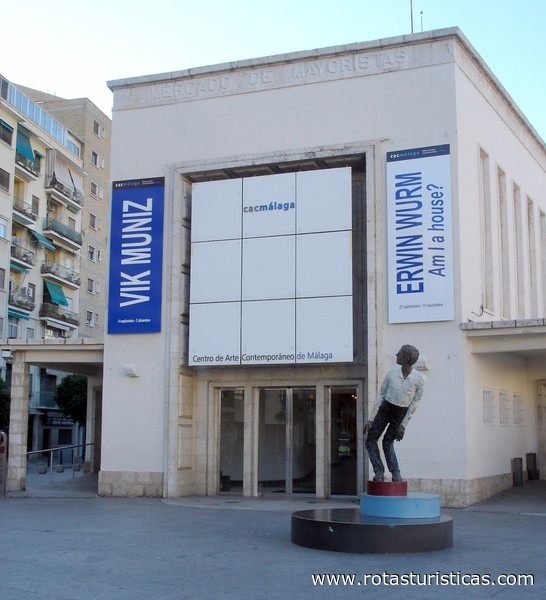 |
Jardín Botánico-Histórico La Concepción |
| 4,6 Km |
 |
Torremolinos city |
| 11,2 Km |
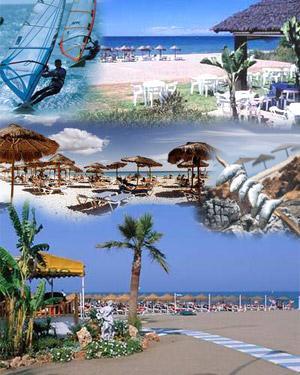 |
Fuente de la Salud Beach (Benalmádena) |
| 15,3 Km |
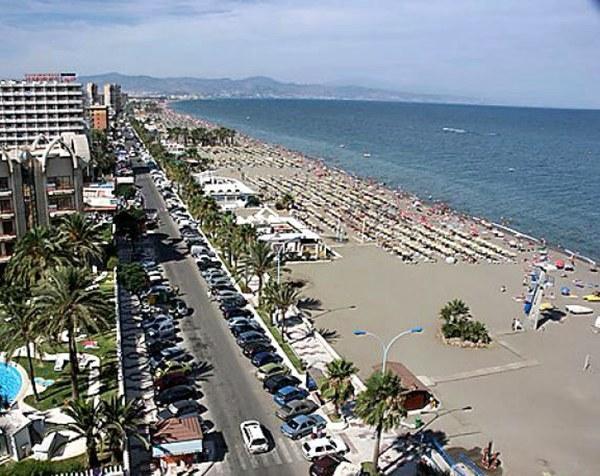 |
Torrebermeja Beach (Benalmádena) |
| 15,7 Km |
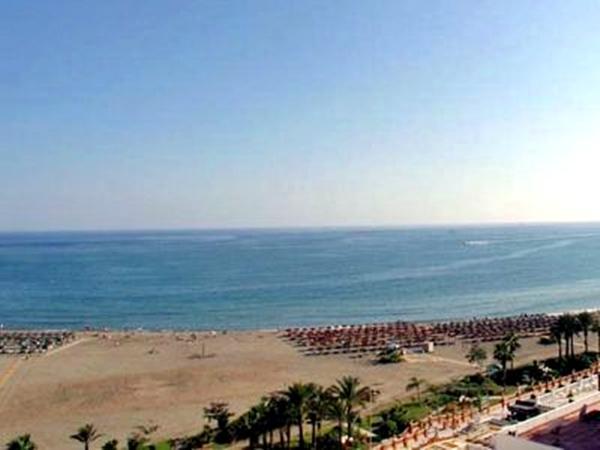 |
Sea Life Benalmadena (Andalusia) |
| 16,1 Km |
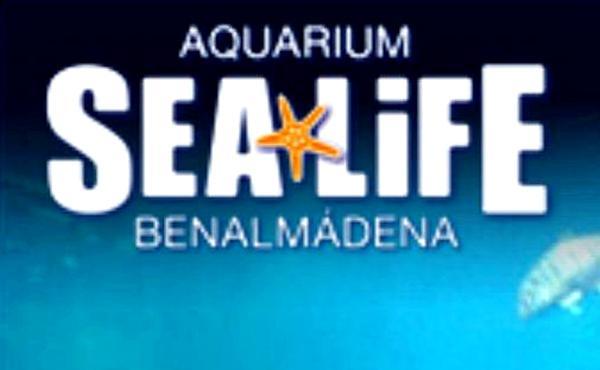 |
Malapesquera Beach (Benalmádena) |
| 16,3 Km |
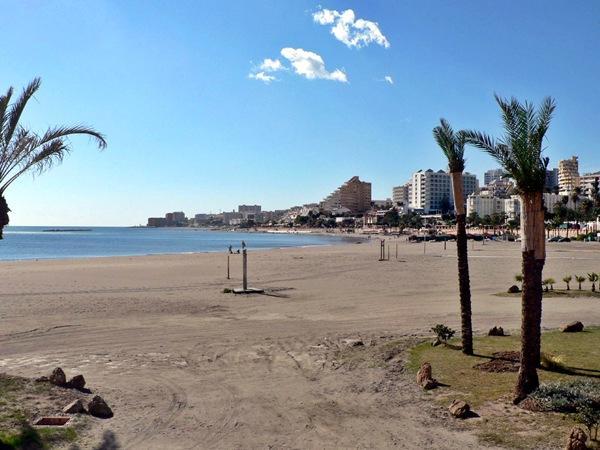 |
Santa Ana Beach (Benalmádena) |
| 16,9 Km |
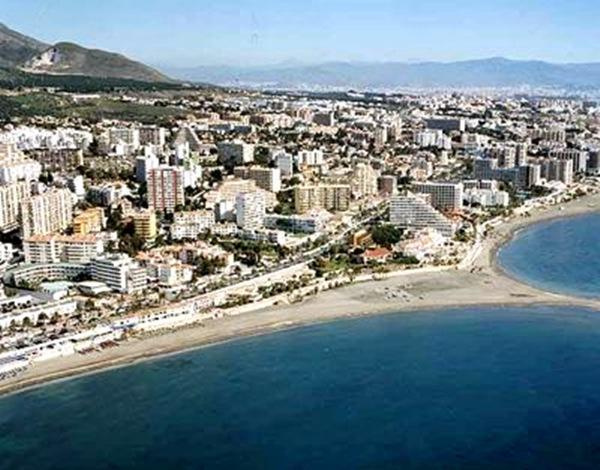 |
Paloma Park (Benalmádena) |
| 16,9 Km |
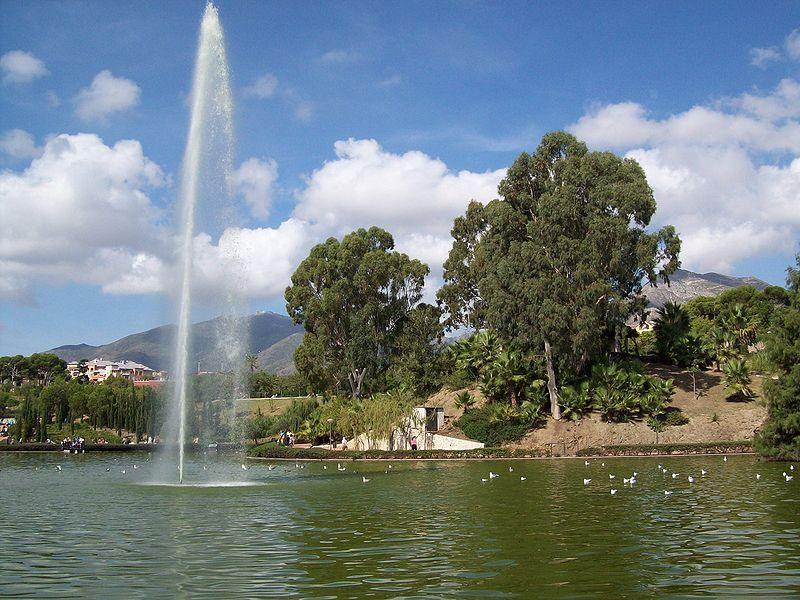 |
Benalmádena cable car (Andalusia) |
| 17,1 Km |
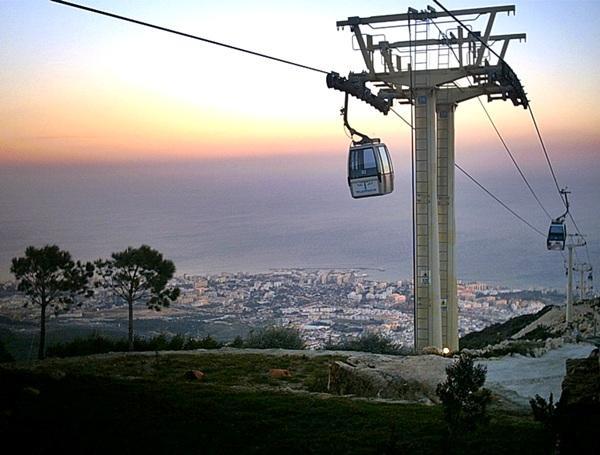 |
Tivoli World |
| 17,1 Km |
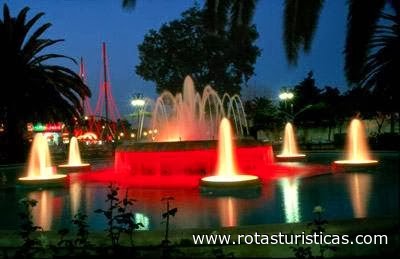 |
Tivoli World (Benalmadena) |
| 17,1 Km |
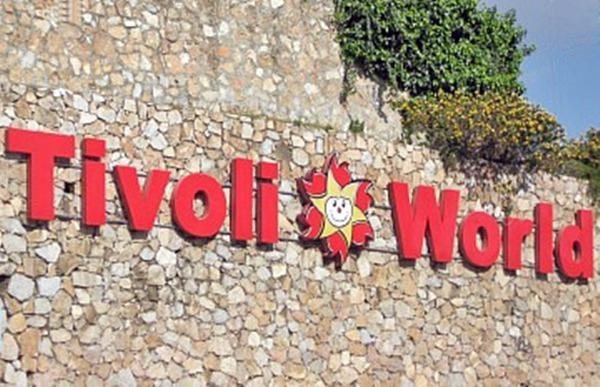 |
Selwo Marina (Benalmadena) |
| 17,3 Km |
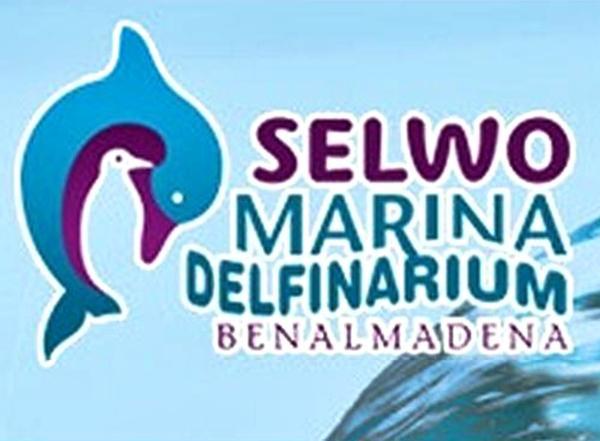 |
Buda Temple (Benalmádena) |
| 17,3 Km |
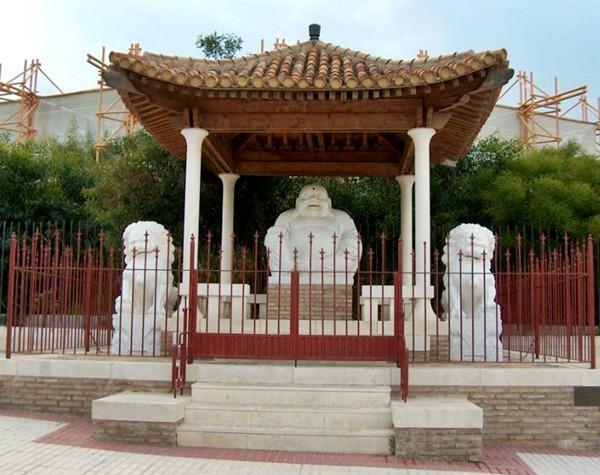 |
Bil Bil Castle (Benalmádena) |
| 17,4 Km |
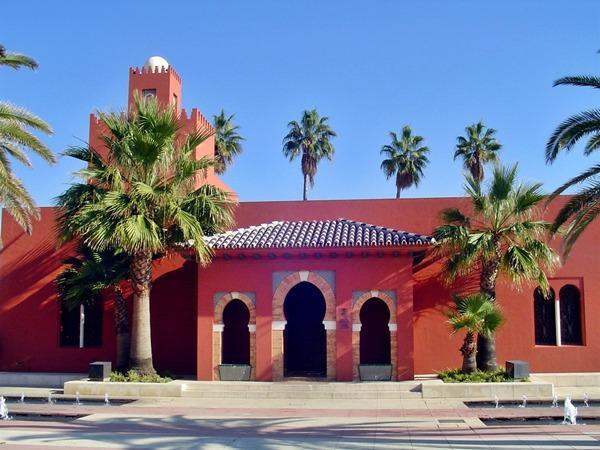 |
Bil Bil Beach (Benalmádena) |
| 17,5 Km |
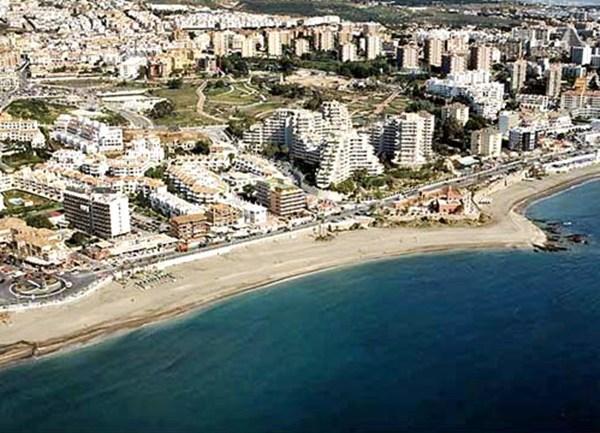 |
Torrevigía Beach (Benalmádena) |
| 18,7 Km |
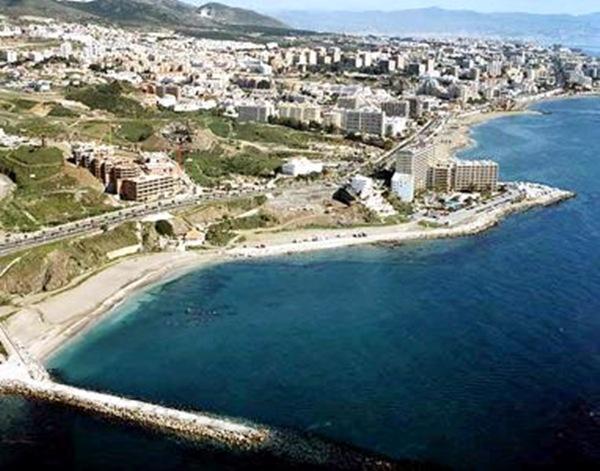 |
Torrequebrada Beach (Benalmádena) |
| 19,1 Km |
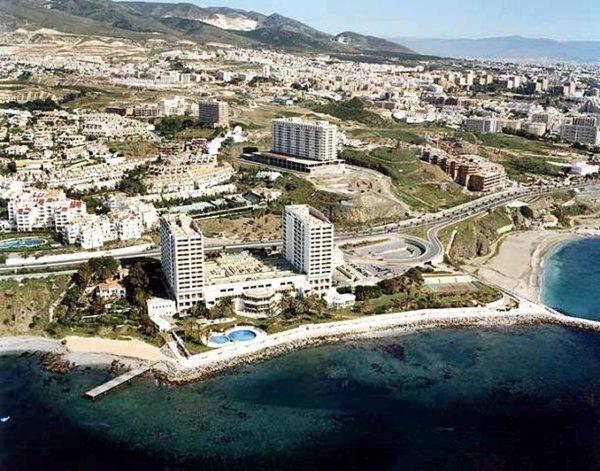 |
Benalmádena city |
| 19,2 Km |
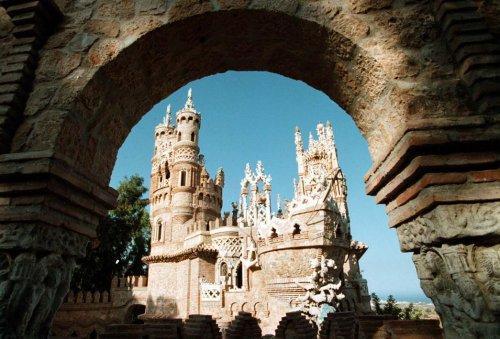 |
Yucas Beach (Benalmádena) |
| 19,2 Km |
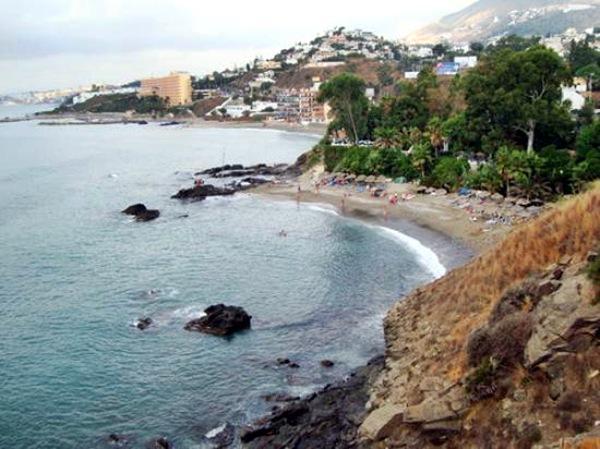 |
Pre-Columbian Art Felipe Orlando Museum (Benalmádena) |
| 19,4 Km |
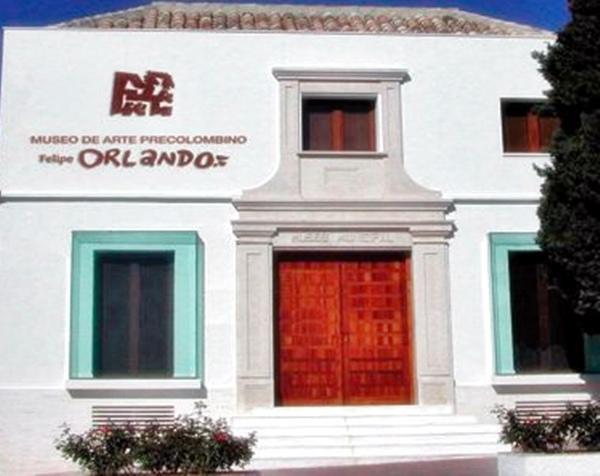 |
Viborilla Beach (Benalmádena) |
| 19,6 Km |
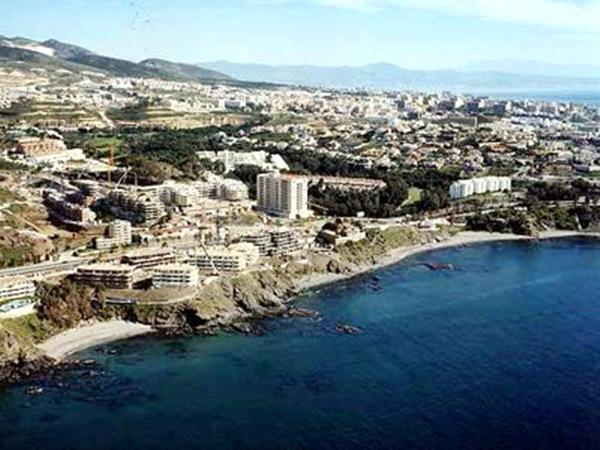 |
Santo Domingo de Guzmán Church (Benalmádena) |
| 19,6 Km |
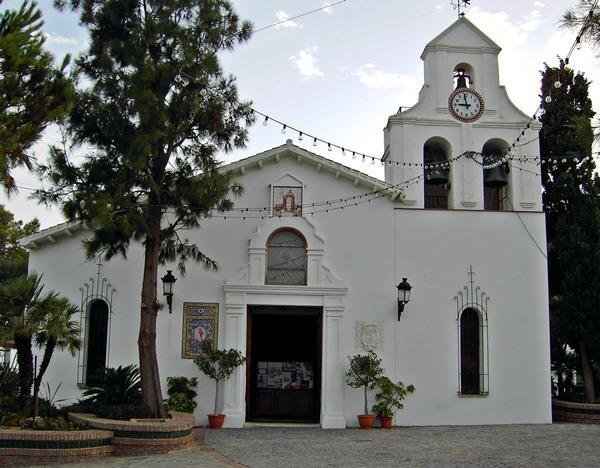 |
Hotel reservation near Malaga within a radius of 20 km
Why to book with TOURISTIC ROUTES
The best prices
Our partnerships with the world´s largest operators offer research on the best market prices.
More options
At Rotas Turisticos you can book the hotel, buy the air ticket, book the transfer from the airport to the hotel and vice versa, book the local excursions, rent the car, take travel insurance and consult the places to visit and where to go.
Holiday Tips & Destinations
Hundreds of holiday destinations with all the options that allow you to easily choose the destination that best suits your dream vacation.
TOURISTIC ROUTES
Links


